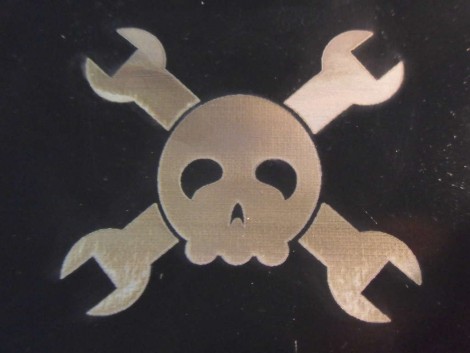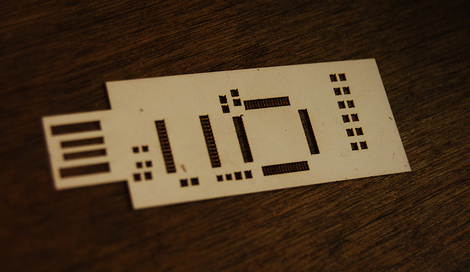
The Buildlog.net 2.x Laser is a second generation open source laser cutter that definitely improves the design of the first model. The 2 axis machine (optional vertical axis is manual or an upgrade is available) boasts a large 12” x 20” x 4” workspace while being smaller than its predecessor, fitting a table top design.
The older model had a goal of being self replicating, which limited the types of materials used, the new 2.x model drops that goal and uses stronger metal parts. Electronics are now modularized that allow easier and cleaner wiring, though you will still need a controller board.
There is an XMOS based controller provided on the main page of BuildLog.net, along with mechanical drawings, schematics, gerbers, instructions for both machines, and kit parts (for the first model) along with resources for the heavy items like laser tubes and power supplies.












